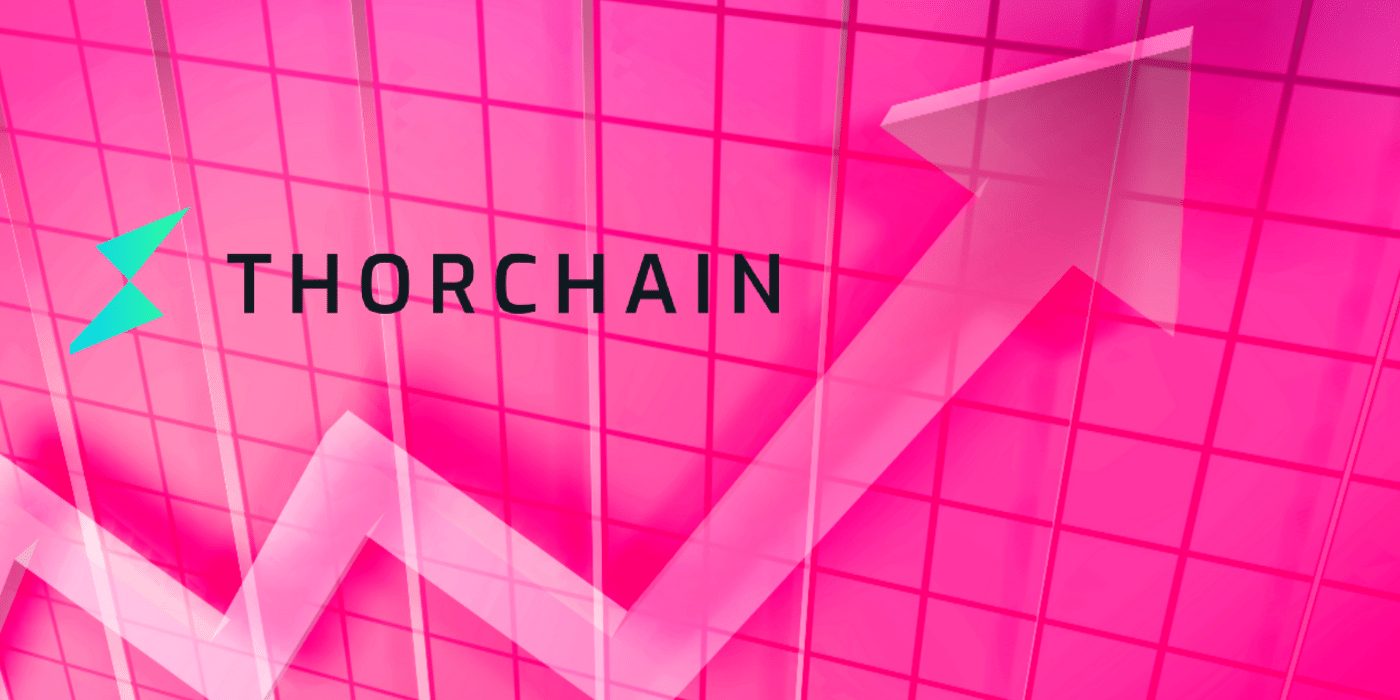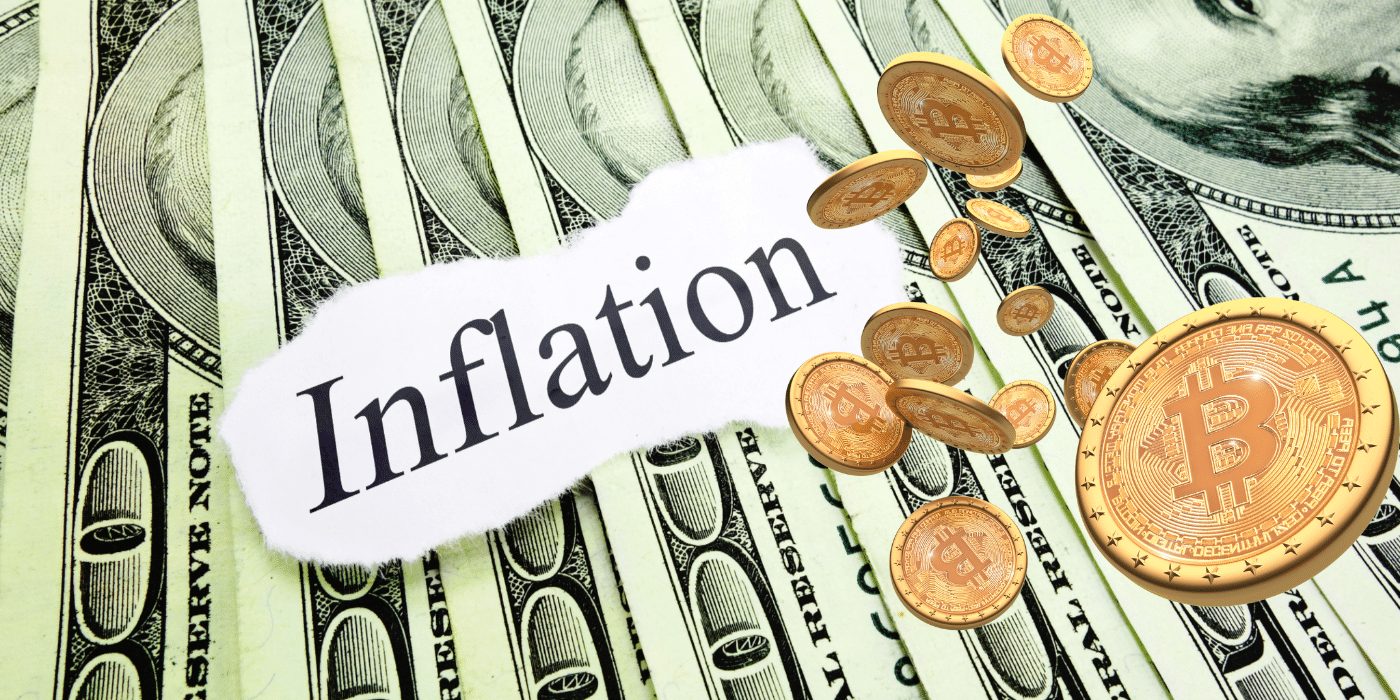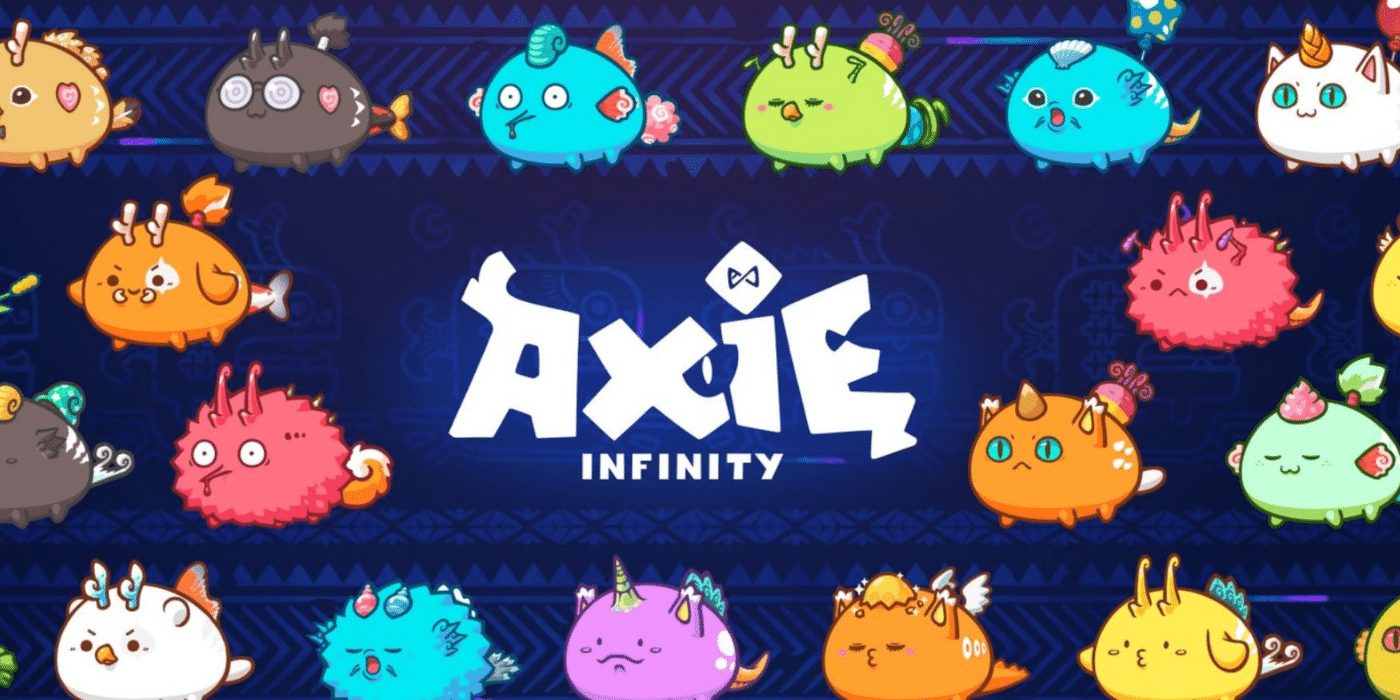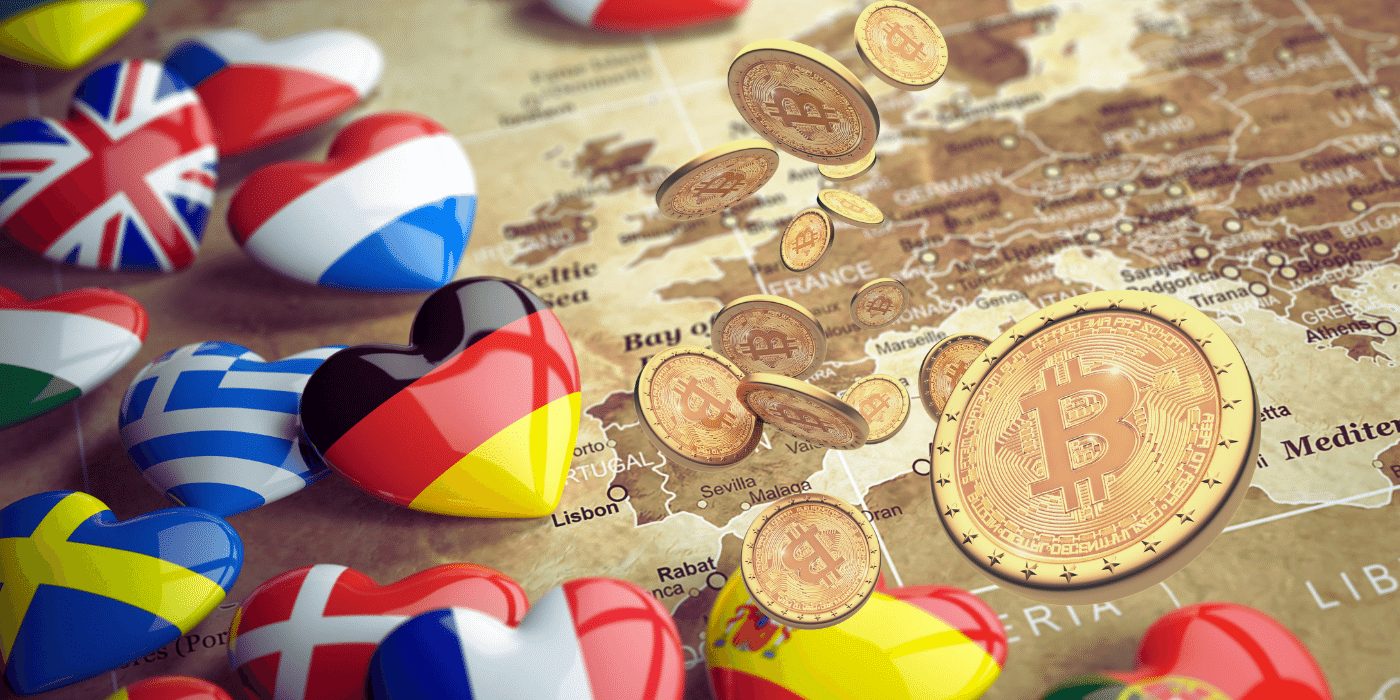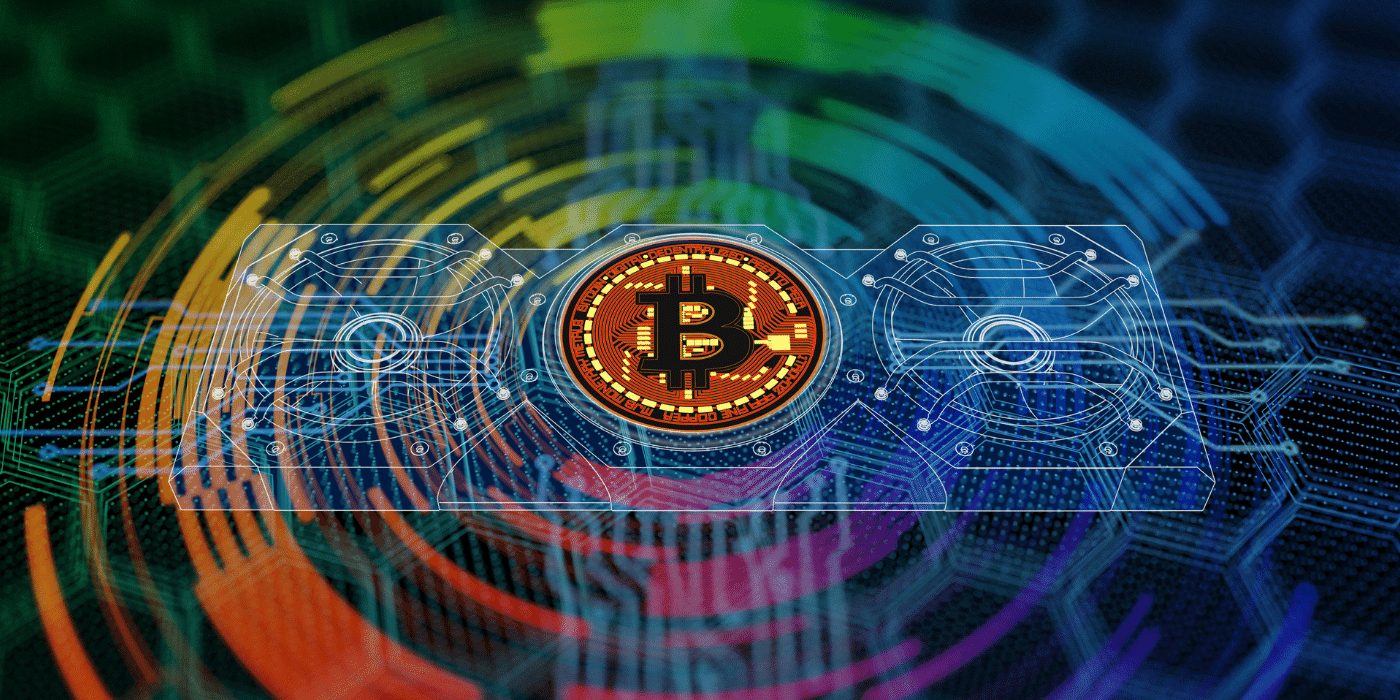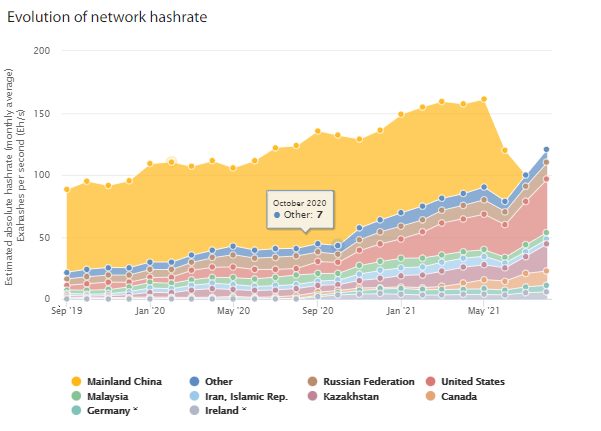Credit card giant Mastercard will allow its customers to integrate crypto solutions and services to their consumers in the US.
As first reported by CNBC, Mastercard announced a partnership with crypto firm Bakkt to enable its 1000+ banks and merchants in the US to buy, sell and hold digital assets through Bakkt’s crypto custody services.
This partnership will bring a myriad of crypto services to the Mastercard payment network, such as the ability to earn crypto rewards on crypto-enabled credit or debit cards, digital wallets with custody services, and loyalty programs where users can convert airline or hotel points to bitcoin.
We want to offer all of our partners the ability to more easily add crypto services to whatever it is they’re doing. Our partners, be they banks, fintechs or merchants, can offer their customers the ability to buy, sell and hold cryptocurrency through an integration with the Bakkt platform.
Sherri Haymond, executive vice-president of digital partnerships, Mastercard
Mastercard has been partnering with industry leaders, including USDC issuer Circle, to bring the stablecoin to its crypto card offering.
A month ago, Crypto News Australia reported that Mastercard had acquired the blockchain forensic firm CipherTrace to provide security and technology services for its operations in the crypto industry.
Bakkt Shares Soar 270% on the News
Bakkt shares have soared over 270 percent following the announcement of its partnership with Mastercard. However, it’s worth noting that the crypto firm has teamed up with several other companies, including entering a partnership with Google to allow crypto payments for its Google Pay platform.
Shortly after the Mastercard announcement, Bakkt foreshadowed another partnership, this time with Fortune 500 company Fiserv, a multinational provider of payments and financial services.


